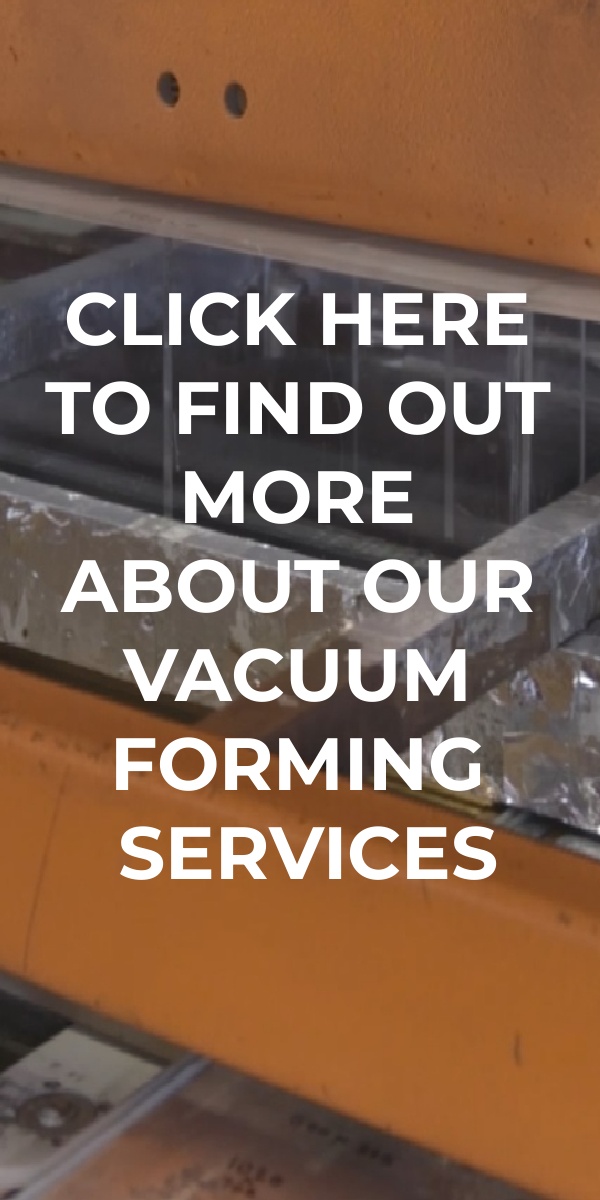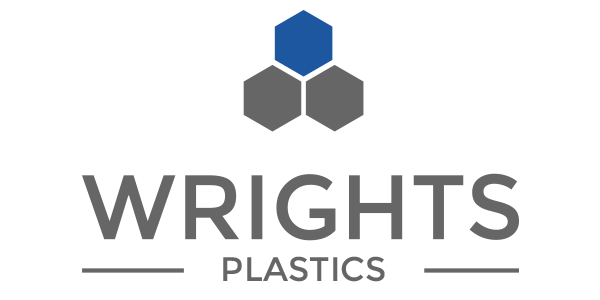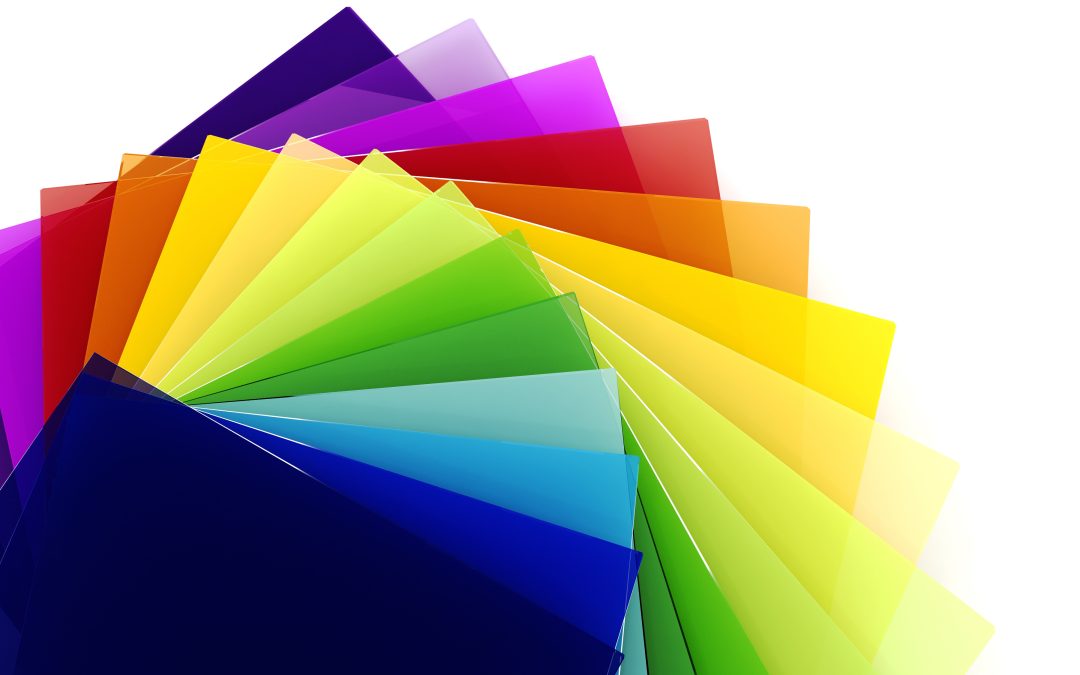Vacuum forming plastic into durable high quality parts, products and components is what we do.
Thermoplastics can be used in plastic vacuum forming as these have the property of softening repeatedly when heated and hardening once cooled. Thermoplastics also have what is known as a ‘memory’ enabling a formed part to revert to its original state when reheated.
In this article we briefly look at the characteristics of the six most popular vacuum forming plastic that we use in our manufacturing processes.
More on Vacuum Forming Plastic
Acrylonitrile Butadiene Styrene– (ABS) – a hard, rigid amorphous thermoplastic with good impact strength and weather resistance. It contains a rubber content which gives it an improved impact resistance. Offers good formability and finished strengthen. Available in a range of colours. Learn even more about ABS plastic.
Acrylic – PMMA – (Perspex ® Oroglas, Plexiglas) – a high quality but more expensive thermoplastic that is used as a vacuum forming plastic in many different products. Offer medium to high strength when completed, but can be brittle at certain temperatures. Widely available in a huge range of colours and finishes.
Co-Polyester – (PETG ) – an easy forming thermoplastic approved for food applications. Optically very good with excellent fabricating performance. Thermoforms with ease with very good formability and high impact strength on completion of vacuum forming.
Polystyrene– Polyphenylethene (H.I.P.S / BEXTRENE) – relatively low cost easy forming thermoplastic available in a wide range of colours and textures. Poor UV resistance makes it unsuitable for long-term external use. Formability is good with medium to good strength on completion.
Polycarbonate – a hard & rigid thermoplastic with high impact resistance. One of the more expensive materials, it never the less offer great variety of uses as it is ideal for machining, and offers good formability and strength. Readily available in solid or translucent colours and finishes.
Polyvinylchloride – (PVC) – inexpensive strong vacuum forming plastic with good transparency in thinner gauges. Good chemical and fire retardant properties. Highly resistant to solvents. Thicker materials are rigid with good impact strength ideally suited to outdoor industrial applications. Form well and available in a range of colours.



